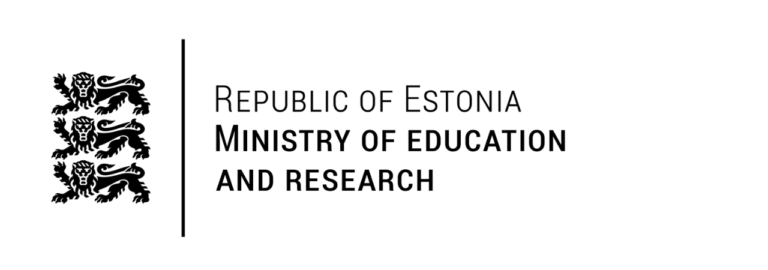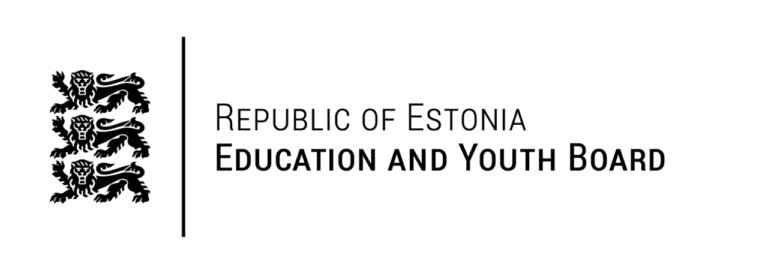Estonia relies strongly on its citizens’ digital skills, enabling them to use a wide range of online services. However, the government recognised its responsibility to help people to obtain the required skills and focused strongly on the group with the biggest impact – its children and youth.
The article by Erika Piirmets, digital transformation adviser at the e-Estonia, was published first on the E-Estonia webpage.
Estonia, one of the world’s most digitally advanced societies, relies strongly on its citizens’ skills, enabling them to use a wide range of online services. However, the government recognised its responsibility to help people to obtain the required skills instead of leaving them alone to figure it out on-demand basis. In the series of strategically correct decisions, from raising awareness to providing necessary training courses, Estonia focused strongly on the group with the biggest impact – its children and youth. Significant investments were assigned to education through the Tiger Leap programme providing all the municipality schools with stable internet connection and computers. Putting the students as a priority to equip them with 21st century ICT skills by integrating them from the primary level studies.
This is how Estonia put the “e” in education.
Naturally, educational content needs to match the demands of the current times and, therefore, is constantly evolving along with the development of technology. With adding new competencies, we face the inevitable time limitation as extending the duration of the school day well over the student’s capabilities is inhumane. Still wanting to squeeze ICT studies into the curricula, what do we leave out? Language lessons – I don’t think so; Maths – no way! So, singing and drawing make room for fancy ICT studies to use the students’ time better.
Can we have it all?
Comparisons of Estonia’s curricula with other countries show no significant distinction. Similarly, there’s no reason to assume Estonia’s curricula to be overloaded by content due to the integration of basic competencies in the studies. Estonian students are not more overwhelmed than their peers in other countries just because we decided to integrate ICT skills in their studies, alongside the “classical” subjects, also keeping Arts and Music studies.
In 2014, digital competencies were integrated into the Estonian national curriculum (as one of the general competencies that teachers must develop in the learner integrated into the lessons – Education Estonia). But there is another fundamental change that enables Estonian education to remain competitive and highly estimated: outcome-based assessment.
Instead of stating what content to teach, the Estonian curricula explain study outcomes that are expected to be reached by the end of the course. Along with empowering the teachers in their work and allowing a wide range of independence in the process, the intent is to reduce time pressure by not obligating to cover a fixed amount of topics rather than design the study process in a way that outcomes would be met.
Estonia, a country of 1.3 million inhabitants, understands the importance of collective effort. Everyone matters, and everyone’s contribution is needed. The same pragmatism is applied by constantly modifying the education system to grow smart, creative, and savvy next generations equipped with essential competencies for driving society forward.
Next to beautiful and modern school buildings, robotic lessons and eSchool solutions, Estonia remains focused on the learner-based approach to not just put our kids through school but to provide the best set of skills and competencies possible to give them an excellent starting point for their independent lives.





